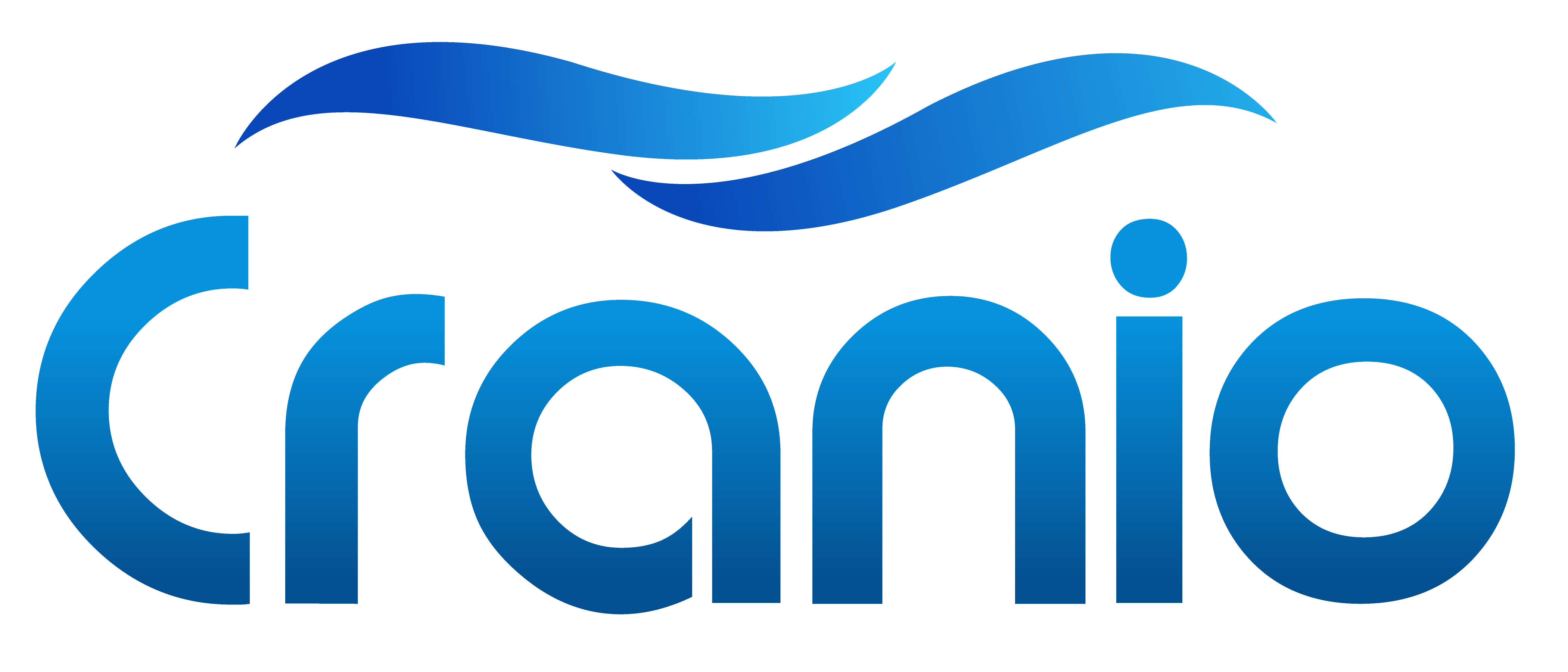Craniosacral Therapy
Craniosacral Therapy originates from osteopathy around the 1900s.
It’s founder, Dr William Garner Sutherland detected subtle movements and fluctuations in the body that were not part of, or dependant on, breathing or blood circulation.
These ebb and flow like a tide. He discovered by restricting these movements of the skull (in this case with a homemade helmet of adjustable straps) that he would develop specific symptoms.
In the last 30 years or so osteopath Dr John Upledger has researched this further, using much more modern methods!
Franklin Sills developed this work into what is now known as Biodynamic Craniosacral Therapy.

The areas often worked with in treatment are between the head (cranium) and the bottom of the back (sacrum) hence the name Craniosacral.
Two more ‘tides’ have also been detected – (working with these is generally called Biodynamic).
In the ‘middle’ tide, it is here that old traumas, injuries and shock can be held.
In the deeper tide there is contact with deep peace and meditation. By ‘resting’ here often a letting go or clearing occurs. this leaves the patient freer, with more vitality and awareness.
Working with this deeper tide, the body and mind can truly relax.
In this journey, we can become aware of undigested life experiences.
In this space, with clarity and support, we can see, understand and let go of any blockages or physical ‘habits’ and start to process old limiting experiences – commonly without having to re-live it all.
Often this happens at an unconscious level with you only feeling peaceful. More health, space and lightness can be the result.
(This work has also been described as a “silent psychotherapy”.)
Our bodies are always trying to come back into balance. working in this way gives us an opportunity, a useful environment to support this.
What happens in a session/treatment?
At the start there is time to talk, discuss your concerns or needs at that time. You then lay on a couch, fully clothed (or sit if that is appropriate).
The therapist then makes very light contact over your clothes, typically your head, shoulders, lower back or feet.
The treatment is usually carried out in quiet. As it is a little like counseling for the body, there may be some talking too.
Patients may become aware of how busy or quiet their mind is, tingling, warmth, cold, feeling of heaviness, remember old injuries or experiences, profound meditation, or just gently relaxing and clearer of thoughts. There are no hard and fast rules, we take it moment by moment.
At the end there is time for sharing, any questions or just to get up slowly and float out the door.
Sometimes patients notice a big difference in 1 session. For others it can take a few sessions to get really used to this treatment and feel the full benefit.
Generally the more your body gets used to the therapy, the more you get out of the sessions.
